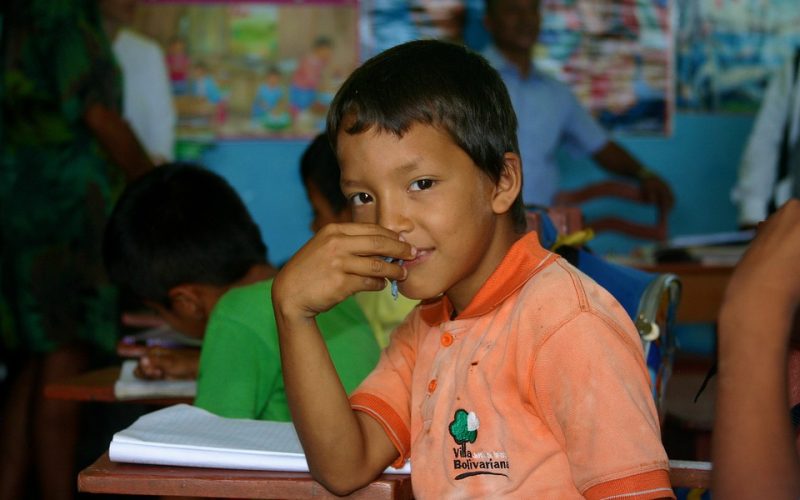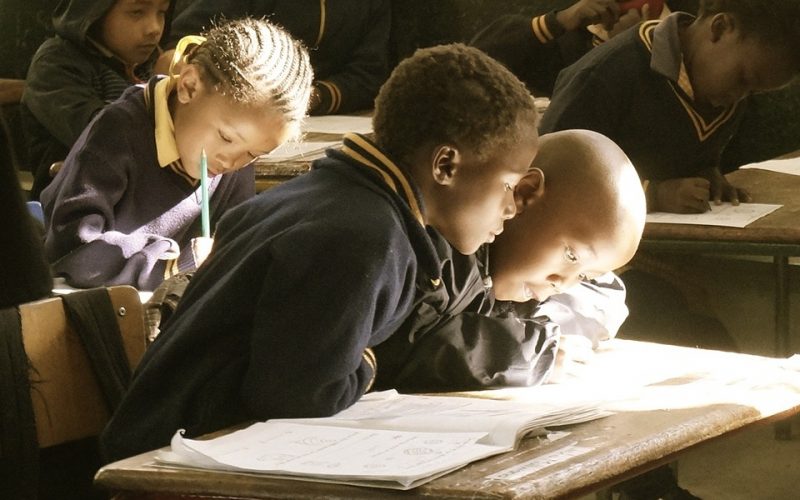The Challenges of Schooling in Brazil
Nearly half the continent of South America is enclosed within the country of Brazil, so it is little wonder they have an extremely large public school system. Educating their children has become a major priority, and it is mandatory for youngsters to attend school between the ages of six and fifteen. There are tests at the end of each school year, and those who pass are allowed to attend the next grade. All public schooling is free, and children can remain in the school system until they are qualified to go to university.
The exotic landscape of this country is filled with the flora and fauna of the Amazon jungle, so the majority of the population is rural and poor. Even citizens who live in the urban areas face extreme poverty, and only the wealthy live in comfort. Families are dependent upon every member to earn a living at a young age, so truancy from school is a major factor in halting a child’s education. It is normal for children to disobey the law and leave school around the age of ten.
If a child remains in school, there are still difficulties that must be overcome. The government funds the largest meal program in the world, but it takes away funding for other classroom necessities. Many public schools lack an adequate supply of books, any type of educational technology and even decent classrooms for students. Parents do have the option to send their children to private schools, but only the wealthy can afford them.
There are many issues the public school system must overcome to make education of all children through primary schooling a reality, and it will take time and money. Brazil has worked hard on their school system, and they are a leader with more than a fifth of the best universities on the continent. Not all children will ever be eligible to attend them, but educating them to live a better life is still an important goal.





